Author Archives: MapScholar
A Beginner’s Guide to Mapping Early America with Basic GIS
Alyssa Zuercher Reichardt at The Junto has posted an excellent new guide for mapping neophytes interested in Early America. She covers a variety of use cases and tools, including MapScholar.
Defining Florida
Mapping the “Whole Coast”
Mapping Carolina
Visualizing Early America
Planting
The Atlantic Neptune
“Touch History” project uses MapScholar to explore the cartographic record of Quebec City
Scholar Louis-Pascal Rousseau is developing a visual exhibit of the maps, views, and key historic places of Quebec City. He’s become an early adopter of MapScholar and has posted a few YouTube videos (in French) describing his vision for the site and the ways in which MapScholar can be tailored to a range of different projects. Currently in the second year of a three-year NEH Digital Implementation grant, we are working with a number of partners to display maps and geospatial images about subjects as diverse as the neighborhoods of modern Los Angeles and the early plantation society of the Danish island of St. Croix. We welcome new strategic partnerships at this stage: they help us stretch the capacities of MapScholar to uses we didn’t anticipate. We’ll provide the instruction and support to teach you how to program a MapScholar site; you provide some time and effort to learn the resource and how to curate your images and data within it.
New article in the JMGL
The Journal of Map & Geography Libraries: Advances in Geospatial Information, Collections & Archives has published a new article about MapScholar. Written by MapScholar developers S. Max Edelson and Bill Ferster, “MapScholar: A Web Tool for Publishing Interactive Cartographic Collections” describes the origins of the project and especially its relevance for the new “spatial turn” in humanities research.
Abstract: MapScholar is an open-source Web tool that encourages humanities researchers to gather, analyze, and share images of historical maps. It is designed to open access to map images, visualize maps as collections within rich geospatial contexts, and enhance traditional publishing by making it easy to produce interactive, high-resolution map displays. Despite its enormous potential, map history has always been limited by the challenges of reproducing dense images printed and drawn on fragile paper artifacts. MapScholar capitalizes on the increasing availability of digital images to foster breakthroughs in map analysis and interpretation. By enabling any scholar to create an interactive digital map collection that can be “published” to illustrate a book or article, this new digital humanities tool seeks to put maps at the center of the new spatial turn in the humanities.

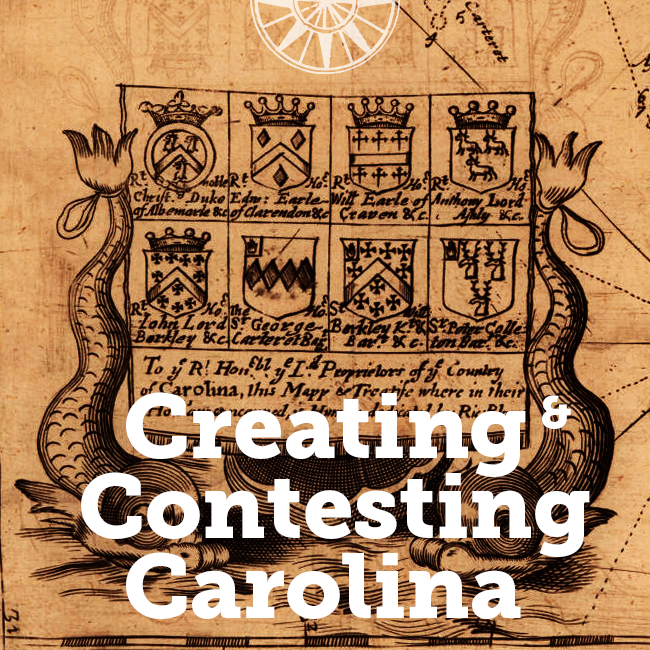
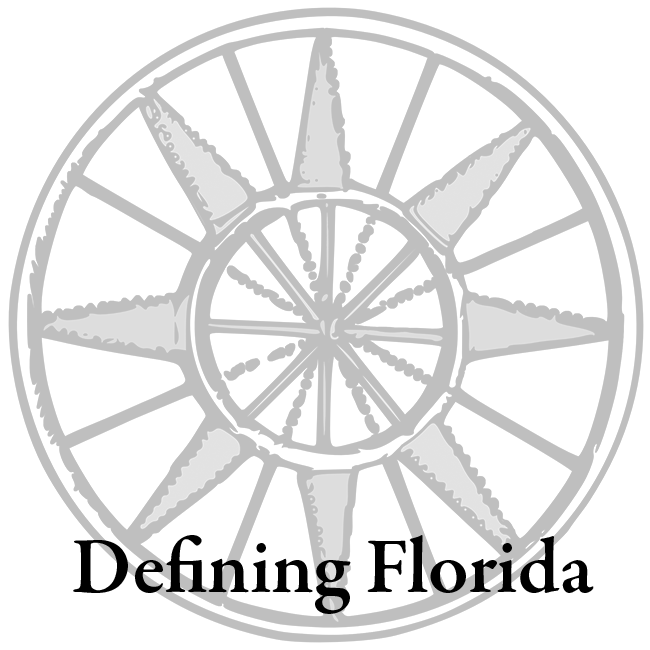
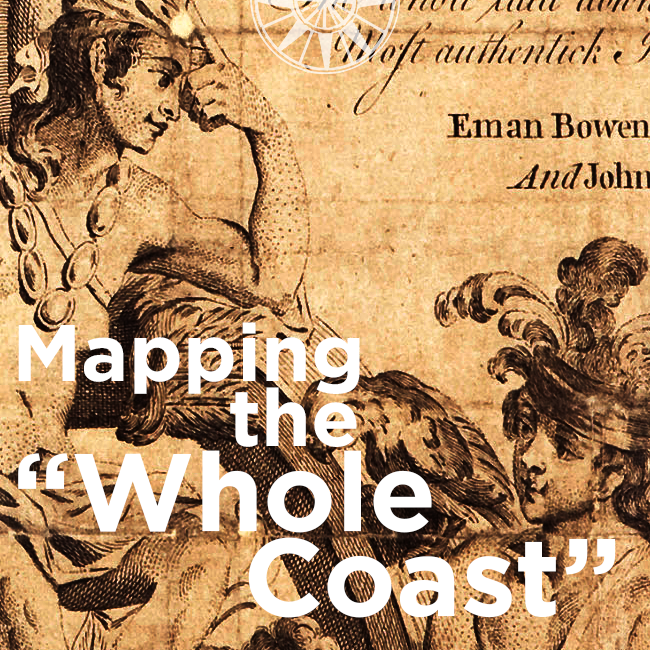
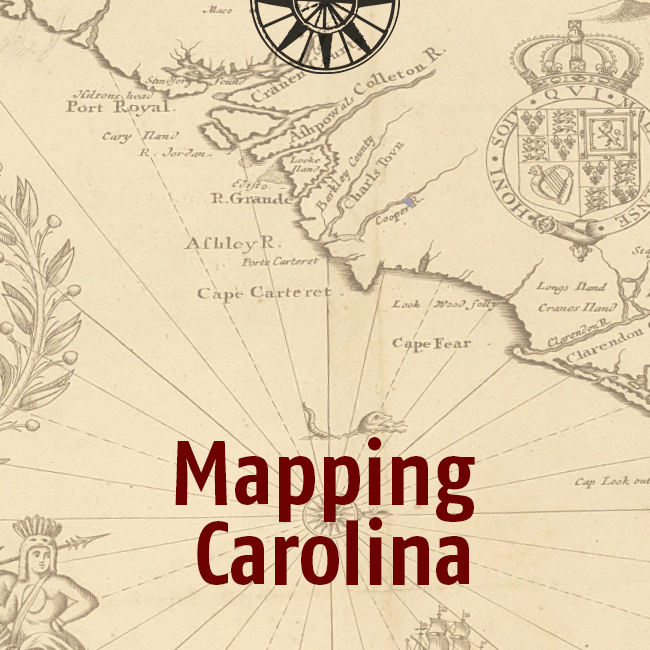 Cartography and the Quest for Empire in the Colonial Southeast
Cartography and the Quest for Empire in the Colonial Southeast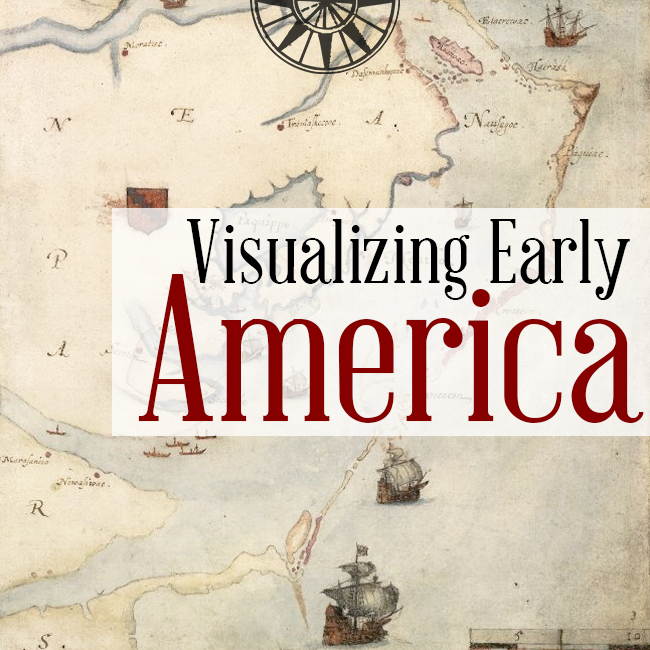
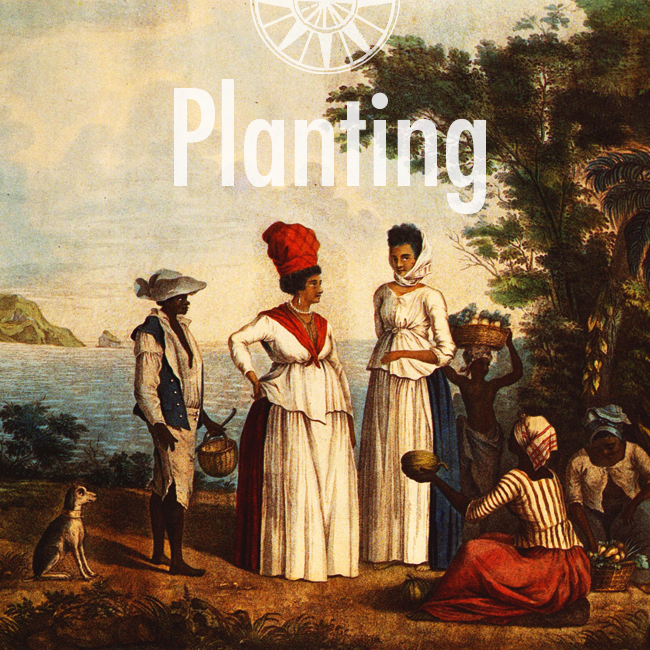 A Spatial History of British Colonization in the Ceded Islands, 1760-1776
A Spatial History of British Colonization in the Ceded Islands, 1760-1776